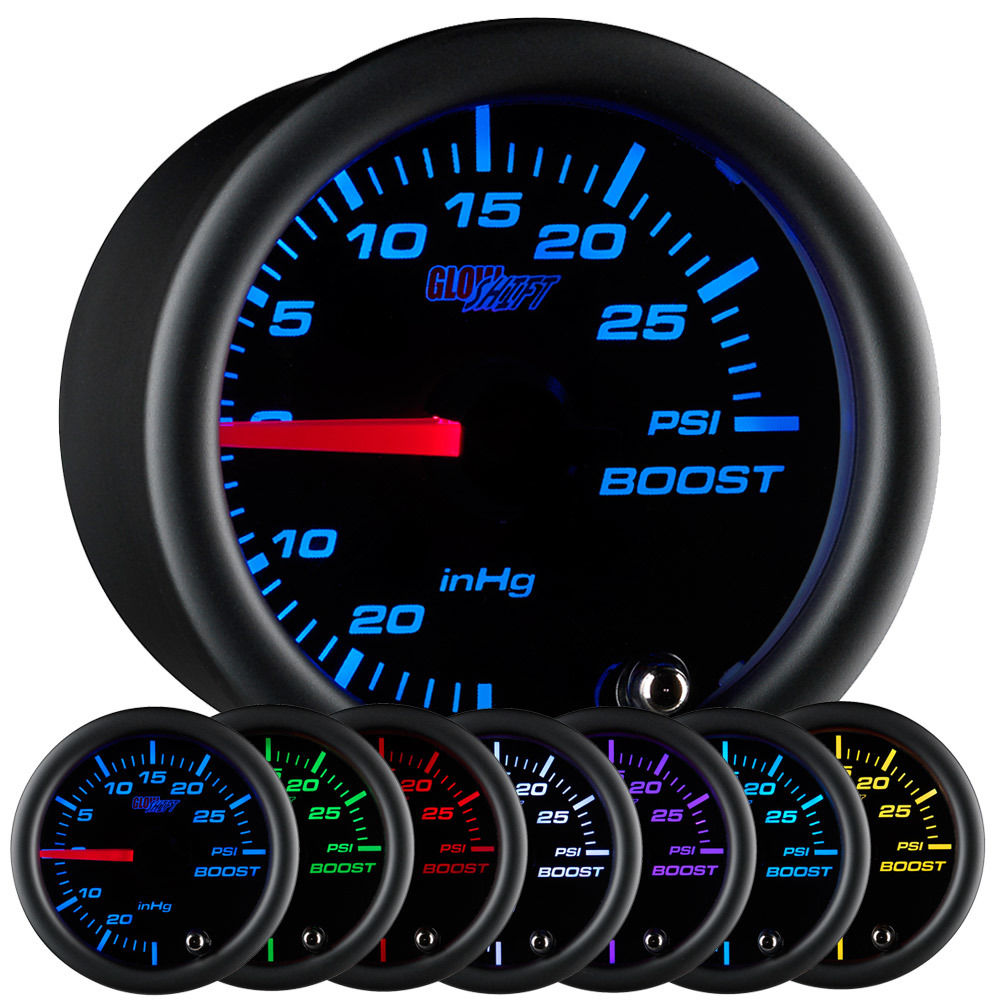

- #Wrx best boost gauge how to
- #Wrx best boost gauge install
- #Wrx best boost gauge driver
- #Wrx best boost gauge manual
We hope you now understand how a boost controller works and ready to decide whether a manual or electronic controller will be better suited for your needs.
#Wrx best boost gauge install
Installing an electronic boost controllerįor those looking to install their electronic boost controller, here’s a DIY video on a Nissan Silvia S15.
#Wrx best boost gauge how to
Not only is installation complicated and will require some technical knowledge, but if you’re unsure of how to set up the boost controller, you run the risk of damaging your turbocharger or engine.įor that reason, we recommend professional installation by a tuner to ensure maximum power gains and durability. When it comes to installing an electronic boost controller, it’s substantially different from the manual alternative. Many of the various models of electronic boost controllers on the market also come with a vast array of additional features and customizations, so it’s worth considering which one best suits your specific needs. Typically, an EBC will allow for complete customization of the boost curve by allowing you to adjust the spooling rate, maximum pressure, and reaction time of the controller. Most EBC’s feature high and low settings, which allow for low boost operation when cruising around town, with the high boost option when it’s time to shred the tires.
#Wrx best boost gauge driver
With the ability to add numerous boost settings, you’re able to tweak and customize your setup from the comfort and convenience of the driver seat. When it comes to the electronic/digital boost controller offerings, it’s an entirely different ballgame. When it comes to manual/mechanical boost controller installation, this is a relatively easy task, as shown in the following video: If you’re looking to adjust your boost settings in-car, then an electronic boost controller provides far more features and flexibility on the go. Cons of a manual boost controllerĪs convenient as manual boost controllers are, they’re often a little too simple and limiting for those looking to get the most out of their setup. Think of these as a set-and-forget solution, where you choose the boost level you wish to achieve, and close the hood and enjoy your newfound power.

However, some recent offerings in this guide will also allow for in-car adjustment. You would fit your manual boost controller into the engine bay and use an external in-car boost gauge to achieve the desired boost levels. When it comes to simplicity, it doesn’t get much simpler than a manual boost controller. If you’re not already aware, then you’ll soon see in our guide that there are both manual and electronic boost controllers. Manual vs electronic boost controller – What’s best? There are several ways of controlling boost, from a simple manual control valve housed in the engine bay to a fully adjustable in-car digital display, allowing various setups to be selected or adjusted from the comfort of the driver seat. With a boost controller, you’re able to control the boost level produced in the intake manifold by adjusting the air pressure provided to the wastegate actuator. If you opt for a boost controller, this controls the amount of pressure reaching the wastegate in the first place. With the pressure rising, the actuator controls the progression of boost provided to the turbocharger via the wastegate.

You also have a wastegate actuator, which is typically a component mounted to your turbocharger that controls the opening and closing of the wastegate.Īs boost pressure is delivered to the actuator via a silicone hose from the compressor outlet, this forms a control loop. If you were to install a turbo to your engine without any restrictions, then it would most likely boost until the point of no return.įor that reason, you have a wastegate that limits the amount of boost provided to the turbocharger, feeding it the desired quantities when necessary.Ī wastegate is typically found in the exhaust housing of your turbocharger, and this allows a controlled quantity of exhaust gases to bypass the turbine, limiting the boost. The role of a boost controller is to provide adjustable quantities of boost that can reach the turbocharger. However, when it comes to tuning, upping the boost and getting the most out of what your turbocharger has to offer will be one of the most beneficial, cost-effective, and convenient ways to unleash your potential power gains.Īt the same time, we don’t want to crank the boost up as high as possible, as we can guarantee your turbo and potentially your engine will soon become a ticking time bomb.įor that reason, we use an aftermarket boost controller to provide a specific amount of boost to the engine so that you can enjoy the power gains without needing to worry about the possible fatal consequences. If you’re fortunate enough to have a turbocharged engine, you already have a factory boost controller fitted to your ride. TurboSmart e-Boost2 Electronic Boost Gauge/Controller


 0 kommentar(er)
0 kommentar(er)
